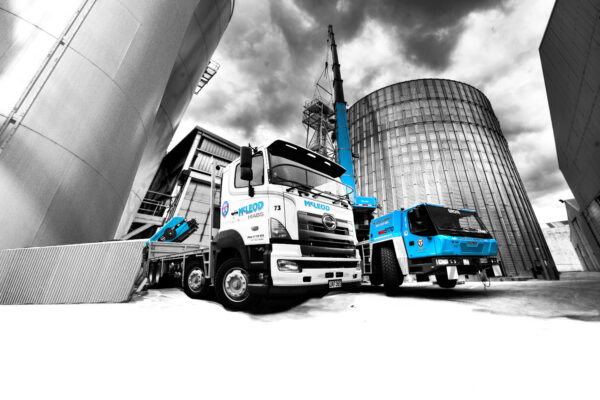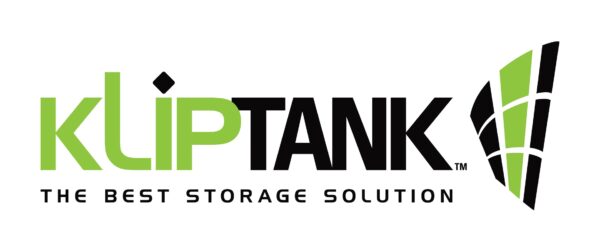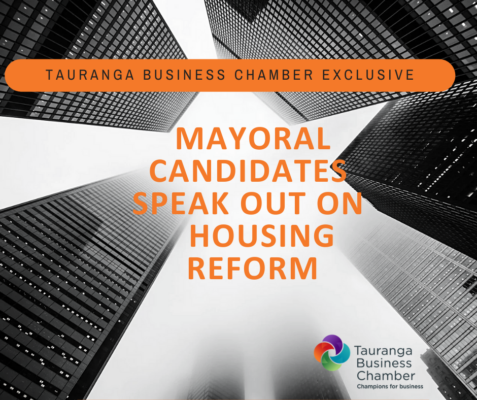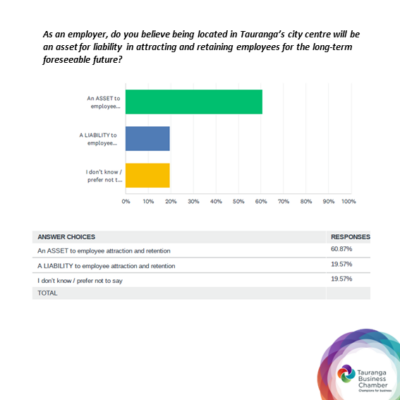The Government’s Alert Levels are here to stay in 2021, so it’s important that businesses familiarise themselves with the ins and outs.
Unite Against COVID-19 has provided rules and parameters for businesses to ensure they are prepared.
Golden rules for business at Alert Level 2
Do everything you can to reduce the risk of COVID-19 transmission at work — we all have a part to play in keeping each other safe.
- Reduce the risk of COVID-19 transmission at work.
- All businesses can operate if they can do so safely.
- Talk with your staff to identify risks and ways to manage them.
- Ask everyone — workers, contractors and customers — with cold, flu or COVID-19 symptoms to stay away from your premises.
- Keep workers 1 metre apart and customers in retail businesses 2 metres apart.
- Businesses are legally required to display a QR code and provide an alternative contact tracing system.
- Face coverings are strongly encouraged if you are in close contact with others.
- Reduce the number of shared surfaces, and regularly disinfect them.
- Wash your hands. Wash your hands. Wash your hands.
There are new rules under ‘Delta Alert Level 2’ in 2021:
- Under “Delta Level 2”, face masks must be worn inside most public venues, including shops, malls, and public spaces. Masks could be removed at bars and restaurants, for eating and drinking, however, staff would have to wear masks.
- At indoor public facilities, such as gyms and libraries, the same rules would apply as for supermarkets: A 2-metre space is required.
- There will be a limit of 50 people at hospitality and event venues, while outdoor venues can have up to 100 people.
Face coverings
Your employees must wear a face covering at work if they:
- work in the public-facing area of a court, tribunal, local or central government agency or social service provider
- are a delivery driver to residential addresses — delivery drivers only need to wear a face covering when they are out of their vehicle
- work at a cafe, restaurant, bar, nightclub, soup kitchen or any other food or drink business
- work for a close contact service — for example, hairdressers or beauty therapists
- work at a retail store — including those that were operating at Alert Levels 3 and 4
- work at an indoor public facility — for example, a library, museum or a gym — employees working at a swimming pool do not need to wear a face covering.
- are a driver of a taxi, ride-share vehicle, ferry, bus or train used for public transport — this excludes school buses and ferries between the North Island and South Island.
Some people do not need to wear a face covering.
Who does not need to wear a face covering
At all alert levels, businesses need to meet all public health guidelines. These include the following, although they may change over time:
- Regular disinfecting of surfaces.
- Encouraging good hand hygiene by allowing frequent hand washing and sanitising.
- Not having sick people in the workplace.
- Meeting physical distancing requirements.
The Ministry of Health also has infectious disease control advice for workplaces.
WorkSafe has guidance on COVID-19 health and safety planning, as well as general guidance on health and safety.
If a business determines it cannot operate safely, or make the necessary changes to do so, it should not open.
Mandatory record keeping at busy places and events
Record keeping will become a requirement for people aged 12 and over at all Alert Levels for busy places and events. This is so contact tracing can happen quickly and may help prevent Alert Level changes.
This comes into effect at 11:59pm Tuesday 7 September, 2021.
Doing business safely
Businesses and workplaces legally must operate safely. This means:
- complying with general Alert Level 2 settings
- displaying an NZ COVID Tracer app QR code poster and having alternative contact tracing systems.
Supermarkets, petrol stations and transport stations only need alternative systems to record workers. - maintaining hygiene measures, including physical distancing, handwashing and regularly cleaning surfaces, and
- fulfilling all other health and safety obligations.
Business premises can open for staff and customers provided they meet public health requirements. Services can also be provided on customers’ premises, for example their home.
Close-contact services can operate if they meet public health measures including robust record keeping, good hygiene practices and minimise contact to the extent possible.
If a workplace cannot meet these measures it cannot open its physical premises. All businesses are encouraged to use alternative ways of working if possible.
If workers have cold, flu or COVID-19 symptoms, we recommend they stay home.

Engaging with customers
Retail businesses, including malls, markets and takeaway shops legally must:
- keep customers 2 metres apart
- display an NZ COVID Tracer QR code.
There is no maximum number of customers allowed in a store, as long as they can keep 2 metres apart at all times.
Services can also be provided on customers’ premises, for example, cleaning and home help.
Public facilities
If people can safely maintain 1 metre physical distance, there is no limit on how many people may safely be inside. Public facilities need to assess how many people may safely be inside the premises and still maintain 1 metre physical distancing.
Public facilities include:
- swimming pools and gyms
- libraries
- museums.
All businesses legally must display an NZ COVID Tracer QR code for each business location and also legally must have an alternative contact tracing system.
Keeping employees and customers safe
At Alert Level 2, all businesses can operate and have customers on their premises if they can do so safely.
All workers should keep at least 1 metre apart, where possible. To help everyone physically distance safely, you can:
- limit the number of people allowed in enclosed spaces such as lifts
- offer flexible working options, for example working from home
- have virtual meetings instead of meeting in person
If you own or run a business where staff cannot work home, you may want to stagger start times to limit cross over between staff.
If your business has customers on site, you need to meet physical distancing requirements. This may mean you need to limit the number of people that can enter your premises at any given time so people can safely physically distance.
You can also limit customer contact by offering contactless payment options and providing contactless deliveries.
Physical distancing requirements for customers
In places like retail stores, shopping malls, libraries, gyms, museums, swimming pools, and parts of offices where customers may be present, customers and clients on the premises need to stay 2 metres apart.
In other places where there is a cap on the number of people who can be present — for example cafes, restaurants and bars, customers and clients on the premises only need to keep 1 metre apart.
To help achieve physical distancing, customers are not permitted to stand on public transport.
There are specific rules for businesses in hospitality, retail and in-home services and businesses organising events or gatherings.
- Eating out at Alert Level 2
- Retail and in-home services at Alert Level 2
- Events and gatherings at Alert Level 2
Close contact services
For some businesses, close personal contact is required to deliver a service. This includes:
- hairdressers
- home help providers.
These businesses can operate if they have public health measures in place including:
- keeping contact tracing registers
- keeping customers 2 metres apart, including while they are waiting
- good hygiene practices
- disinfecting surfaces in between customers
- making sure workers wear a face covering.
Business support
The Government has a number of options for businesses affected by COVID-19 and the ensuing Alert Levels.
















































